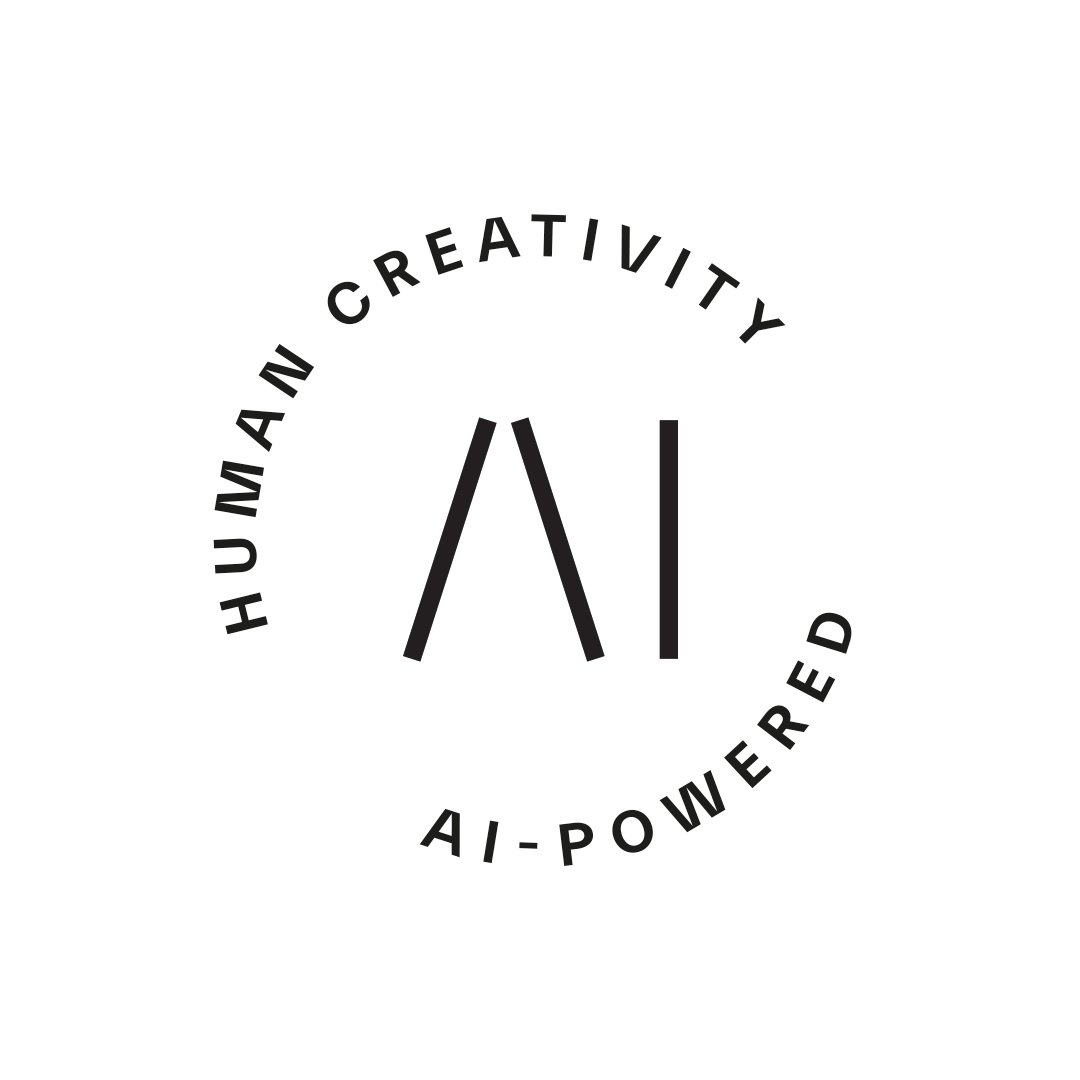AI gets a lot of attention. Many companies are building new solutions, fast. But one thing often goes missing in the rush: how to keep those systems useful and healthy over time. Once launched, an AI model doesn’t take care of itself. Like any other system, it needs updates. But AI comes with a few extra challenges.
In this article, we look at what can go wrong after launch, why AI needs different care than regular software, and how to make sure your investment keeps paying off.
The hidden problems in keeping AI running well
Building an AI model is just the start. Keeping it useful is the harder, and often ignored part. After launch, things change. Data shifts. Rules change. And without care, the model stops working as it should.
Here are some common issues:
|
|
Issue description |
Impact if unaddressed |
|
Model Drift |
Relationship between input features and the target variable change |
Reduced accuracy, misleading outcomes |
|
Data Drift |
Input data loses quality or statistical properties |
Biased models, irrelevant insights |
|
Technical Debt |
Accumulated shortcuts in early development |
Harder to update and scale |
|
Regulatory Compliance |
Evolving legal and ethical standards |
Legal risk, loss of trust |
These things don’t fix themselves. AI models need regular checks and updates. If you skip that, things can break quietly—and you won’t notice until it causes real harm. To get value from AI in the long term, you need to commit to ongoing care and improvement.
With decades of experience in modern managed services and a forward-thinking focus on AI, Siili provides a comprehensive, modular offering designed to scale, maintain, and continuously improve digital and AI-driven systems.
AI needs a different kind of care than regular software
AI systems don’t work like normal software. Regular apps follow rules and usually stay the same after launch. AI systems rely on data. They keep changing as new data comes in—or they stop working well if that data changes and they don’t adapt.
Here’s how they differ:
Learning models become outdated
Most AI systems rely on machine learning, which means they use historical data to “learn” patterns. As real-world conditions shift, these patterns become outdated, requiring ongoing retraining and dataset updates.
AI needs real-time feedback loops
AI can adapt and refine itself based on user interactions or new data streams. This necessitates continuous monitoring and tuning to ensure optimal performance.
You’re not just versioning code
Traditional software updates are often versioned with discrete releases. In AI, version control includes model parameters, training data, and feature engineering pipelines—all of which must be meticulously tracked and validated.
|
|
Traditional software |
AI systems |
|
Logic source |
Rules |
Data |
|
Behavior after deployment |
Static |
Dynamic, responsive to new data |
|
How often it breaks |
Rarely |
Can go wrong without warning |
|
Version control |
Code only |
Code + data + models + pipelines |
|
Risk of silent failure |
Low |
High |
Put simply, with AI, small problems can go unnoticed for a long time. This is why AI systems need more than just the usual IT support. They need care from people who know how AI works—and how to keep it working.
Why MLOps matters for keeping AI going
MLOps stands for Machine Learning Operations. It helps teams take care of AI models after they go live. Think of it as the way to keep your AI running smoothly every day—not just during launch.
Here’s what it covers:
Automation across the AI lifecycle
At the core of MLOps is the automation of the full machine learning pipeline: from data ingestion and preparation, through model training and validation, to deployment and monitoring. Automation reduces human error, increases reproducibility, and accelerates development cycles. In rapidly changing business environments, this ability to iterate fast—without compromising stability—is a competitive advantage.
-
Keeping an eye on how the model is doing
Unlike traditional applications, ML models can silently degrade in performance due to data drift, feature decay, or changes in user behavior. That’s why you need tools that:
- Watch model performance all the time
- Keep track of what data was used
- Send alerts if something looks off before issues impact users or decisions.
-
Version control for models and data
MLOps enables versioning of not only code but also datasets, model weights, training configurations, and feature transformations. This allows teams to reproduce results, audit decisions, and comply with regulatory demands. It also facilitates rollback to previous versions if newer models introduce regressions.
-
Faster testing and releases
CI/CD isn’t just for apps anymore. With MLOps, you can set up the same kind of pipelines for your models. This lets you test new versions, try them in safe environments, and push them live with less risk.
With MLOps, AI becomes a service you improve over time—not just a project you build once and forget. It helps you move faster and stay in control.
How to keep your AI useful over time
If you want your AI to stay helpful and worth the money, it needs a bit of planning. Here are some simple things that make a big difference:
1. Give someone clear ownership
Decide who takes care of the models. Make sure people know who’s in charge of updates, data quality, and rules. This could be your data lead, an AI specialist, or your IT partner.
2. Automate where you can
Let machines handle the repeatable stuff. Set up automatic data flows, training, and releases. This saves time and helps you avoid mistakes.
3. Check your models regularly
Don’t assume they’re fine. Test them now and then—once a quarter is a good start. Compare new versions with the old ones to see if they actually do better.
4. Stay on top of new rules
Privacy laws and standards keep changing. Make sure someone is keeping an eye on these changes so your models don’t get you into trouble.
5. Be ready to grow
If your AI use grows, you’ll need more power and better systems. Plan ahead. Make sure your tools and setup can handle more data and new use cases without falling apart.
Continuous AI solutions
Starting with AI is often the easy part. Keeping it useful is harder. Many teams lose speed after the first launch. Without regular updates and support, AI systems fall behind.
That’s why we built Continuous AI Solutions. It’s a way to keep things running, improving, and aligned with your goals—no matter who built the original system.
At Siili, we’ve helped both new and struggling AI setups. We help fix what’s broken. We also help good systems stay good. We do this with a mix of services that cover the full AI lifecycle. Our teams bring technical skills and hands-on support, backed by real-world experience. We make sure AI keeps delivering real value.
Siili offers:
- Full MLOps setup based on your business
- Automated tools for model updates and rollout
- Monitoring and alerting that fits your tools
- Secure workflows that follow laws like GDPR
- Support to help your AI stay useful for your business
Want help keeping your AI sharp and working as it should? Let's talk. We’re here to help you run AI—not just build it.
|
|
About the author |
|
|
|||
|
|
Toni Petäjämaa |
|
|
|||
|
|
Toni Petäjämaa is a seasoned expert in digital innovation, business development, and strategic leadership. At Siili, he helps clients turn long-term partnerships into practical growth by combining modern technologies with a strong focus on service design and continuous improvement. With a hands-on approach and a talent for simplifying complexity, Toni leads cross-functional teams, supports sustainable business outcomes, and keeps learning at the forefront—especially in areas like AI, business design, and cloud solutions. |
|||||
.png)


